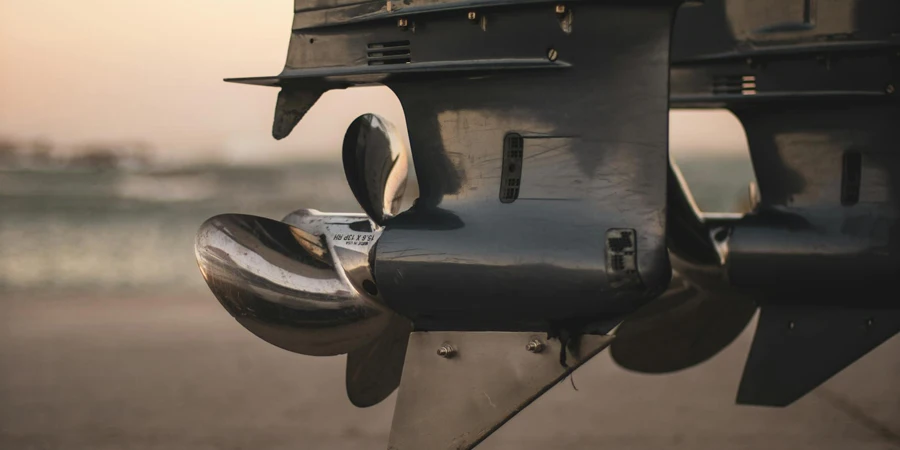Table of Contents
● Introduction
● Market overview
● Different types and their features
● Things to consider when selecting boat engines
● Conclusion
Introduction
The right boat engine is crucial for achieving peak performance and fuel efficiency. Understanding market trends, engine types, and their specific features is vital in making an informed decision. The marine engine market includes various types of engines, each with distinct advantages for different uses. Whether a boat is intended for leisure activities, water sports, or commercial purposes, considering key factors such as horsepower, intended use, and maintenance requirements ensures the selection of the most suitable engine. Additionally, evaluating the benefits of larger engines, the importance of matching engine power to boat weight, and the differences between various fuel delivery systems are essential considerations. The decision-making process also involves assessing fuel efficiency, overall performance, and long-term reliability to enhance the boating experience and ensure optimal functionality on the water. Understanding these aspects helps in navigating the complexities of engine selection, ultimately leading to better performance and longevity of the vessel.
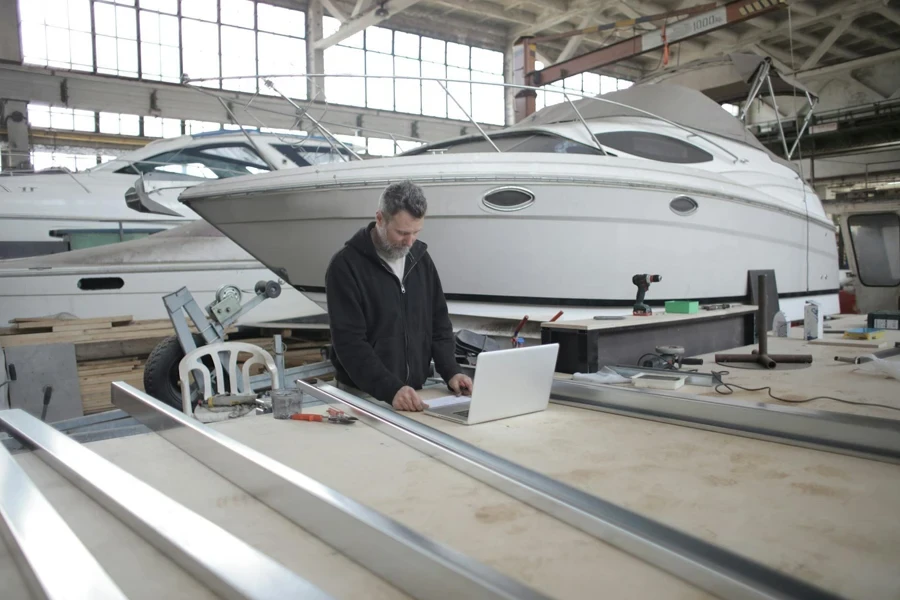
Market overview
The global marine engine market was valued at $11.62 billion in 2020 and is projected to reach $18.09 billion by 2030, registering a compound annual growth rate (CAGR) of 4.7% from 2021 to 2030, according to Allied Market Research. This growth is fueled by an increase in international marine freight transport, a high demand for two-stroke marine engines, and the expansion of water sports and leisure activities. The Asia-Pacific region dominates the market, followed by Europe, North America, and the Latin America, Middle East, and Africa (LAMEA) regions. The significant shipbuilding activities in countries like China, India, and Japan are major contributors to this expansion. Additionally, according to the United Nations Conference on Trade and Development (UNCTAD), international seaborne trade volume reached 10.7 billion tons in 2020, further boosting the demand for marine engines. The rise in international maritime trade and the increase in demand for maritime freight transportation have led to a surge in the production and sales of marine engines, driving the market’s robust growth.
Technological advancements are significantly reshaping the marine engine market. Innovations such as dual-fuel engines, which can operate on both gaseous and liquid fuels, are becoming increasingly popular due to their environmental benefits and cost-efficiency. For instance, the Engine Machinery Division of Hyundai Heavy Industries recently ordered low-speed ME-GA dual-fuel engines to meet the growing demand. Additionally, there is a notable trend towards the adoption of fully electric and hybrid propulsion systems, driven by stringent environmental regulations and the International Maritime Organization (IMO) 2020 mandate, which limits sulfur content in marine fuels. According to the Organisation for Economic Co-operation and Development (OECD), by 2030, 70% of total freight will be transported by maritime means. Consumer preferences are also shifting towards more sustainable and fuel-efficient marine engines, influencing market dynamics and prompting further advancements in engine technology. This trend towards innovation and sustainability is expected to continue shaping the marine engine market in the coming years.
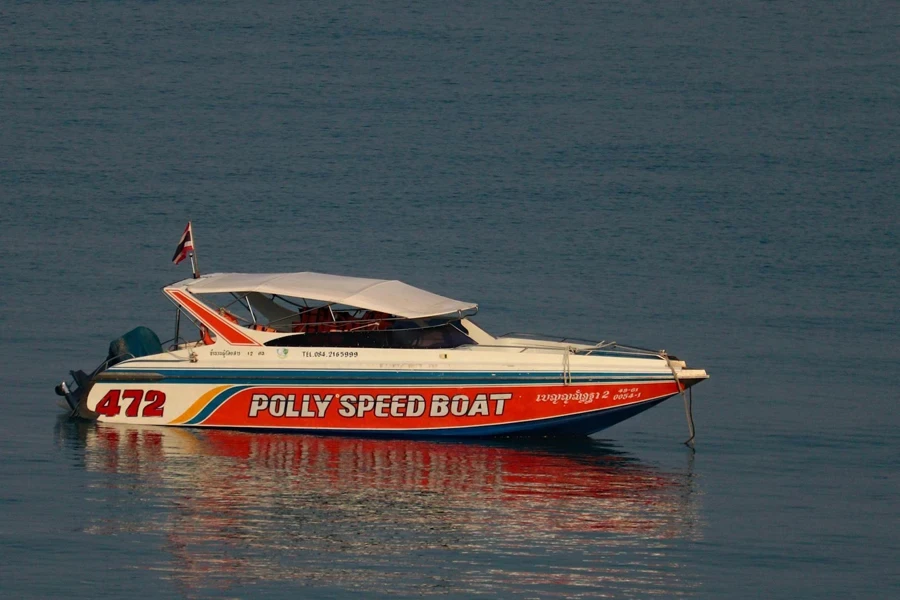
Different types and their features
Outboard engines
Outboard engines are mounted on the transom, outside the boat’s hull. These engines are highly maneuverable and easy to maintain, making them ideal for small to medium-sized boats. According to Louisiana Cat, outboard engines are commonly used in applications where versatility and ease of handling are crucial. They are typically employed for recreational boating, fishing, and small-scale commercial activities. Their placement allows for easy steering by moving the entire engine unit, which can be controlled either by a hand tiller or a steering wheel, depending on the boat’s size. The engines are self-contained units that include the engine, gearbox, and propeller in one package, which simplifies maintenance and repair. Outboard engines are also favored for their ability to be tilted out of the water to avoid fouling and reduce drag when the boat is not in use.
Inboard engines
Inboard engines are installed inside the boat’s hull and are usually found in larger boats and those used for water sports. These engines provide better weight distribution and quieter operation compared to outboard engines. As noted by Louisiana Cat, inboard engines are typically modified automotive engines designed for marine use, featuring a propeller connected to a drive shaft. The steering of the boat is achieved using rudders positioned behind the propeller, offering improved stability and performance, especially at higher speeds and under load conditions. Inboard engines are known for their durability and power, making them suitable for boats that require more horsepower. They are often used in applications where towing capabilities are necessary, such as for wakeboarding and waterskiing. Additionally, inboard engines are less exposed to the elements, which can extend their lifespan and reduce maintenance needs.
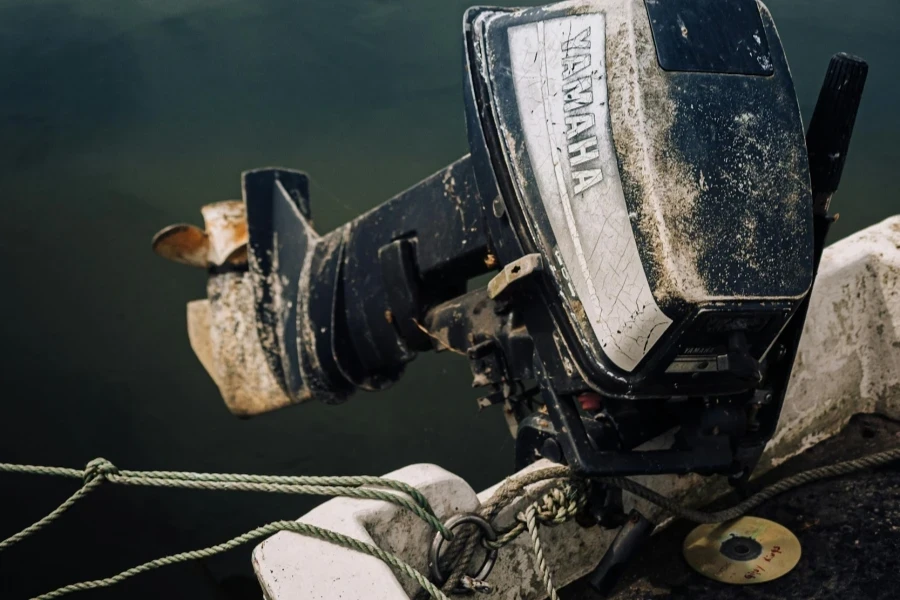
Sterndrive engines
Sterndrive engines, also known as inboard-outboard engines, combine features of both inboard and outboard engines. They are mounted inside the boat’s hull like inboard engines but have a drive unit extending outside the hull for steering, similar to outboard engines. This configuration provides high performance and easy steering, making sterndrive engines popular in pleasure boats and sports boats. According to Louisiana Cat, this type of engine offers the reliability and power of inboard engines while maintaining the maneuverability of outboard units, making them versatile for various marine activities. Sterndrives are often chosen for their sleek design and the ability to offer a clear transom, which is beneficial for activities such as swimming and fishing. These engines are typically quieter and more efficient than outboards, and their lower center of gravity improves the boat’s handling and stability in rough waters.
Jet drive engines
Jet drive engines use water jet propulsion, drawing in water and expelling it at high speed to propel and steer the boat. These engines are ideal for shallow waters and personal watercraft, providing high maneuverability without the risk of damage from submerged obstacles. Jet drive engines have no exposed propeller, which enhances safety and allows for operation in environments where traditional propeller-driven boats might struggle. According to Louisiana Cat, this type of propulsion is particularly effective for recreational activities, rescue operations, and environments requiring precise maneuvering capabilities. Jet drives are known for their ability to operate in extremely shallow waters, as they do not have parts that extend below the hull of the boat. This makes them a popular choice for river running, jet skiing, and navigating in areas with underwater hazards. Additionally, jet drives provide quick acceleration and can be more responsive than traditional propeller systems.
Diesel propulsion systems
While discussing different types of boat engines, it is essential to highlight the diesel propulsion systems, which are commonly used for their efficiency and power. Diesel engines can be found in both two-stroke and four-stroke configurations, providing reliable performance for commercial and heavy-duty applications. Diesel-electric propulsion systems, which use a combination of diesel engines and electric generators, are also gaining popularity for their efficiency and reduced emissions. According to Louisiana Cat, diesel propulsion systems are a top choice for larger vessels, offering a balance of power, fuel efficiency, and longevity, which is critical for long-term marine operations. These systems are particularly valued in commercial shipping, where operational efficiency and lower fuel costs are paramount. Diesel engines are also preferred in situations where high torque and extended running hours are necessary, such as in fishing fleets, cargo ships, and passenger ferries. Additionally, advances in diesel technology have led to engines that are cleaner and more environmentally friendly, helping to meet increasingly stringent emission standards.
Things to consider when selecting boat engines
Horsepower and performance
Matching the engine power to the boat weight is crucial for optimal performance. The horsepower-to-weight ratio determines how effectively the boat can accelerate and maintain speed. According to Louisiana Cat, it is typically recommended to have one horsepower for every 25 to 40 pounds of the boat’s weight. This ensures that the boat can reach desired speeds without straining the engine. The engine size significantly impacts speed and fuel consumption. Larger engines often provide better performance and fuel efficiency, as they are not required to operate at full capacity constantly. Conversely, an undersized engine may need to work harder, leading to higher fuel consumption and potential mechanical issues.
Usage and application
The intended use of the boat is a primary factor in engine selection. Boats used for leisure activities might prioritize different engine features compared to those used for commercial purposes. For example, water sports enthusiasts often require engines with high torque and quick acceleration, while commercial boats might need engines that offer reliability and efficiency over long periods. Additionally, passenger and load capacity should be considered to ensure the engine can handle the typical load. According to UTI, understanding the boat’s usage helps in selecting an engine that provides the necessary power and performance for specific activities.
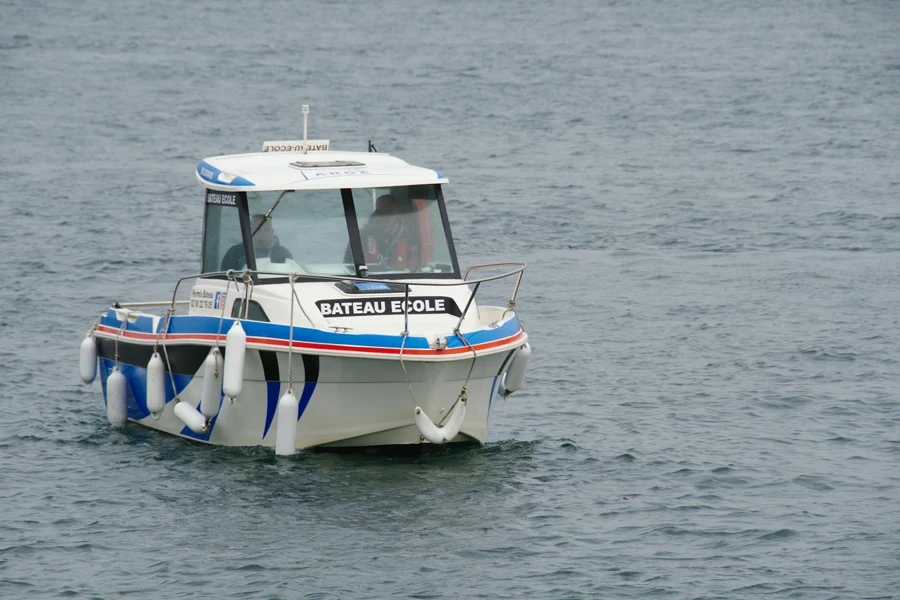
Engine Size and Fuel Efficiency
Choosing between larger and smaller engines involves weighing the benefits of speed, handling, and fuel efficiency. Larger engines generally offer better handling and higher speeds, particularly at midrange speeds. They also tend to be more fuel-efficient because they can maintain performance without running at maximum capacity. Different fuel delivery systems, such as direct fuel injection, electronic fuel injection, and carbureted systems, also play a significant role in fuel efficiency and engine performance. According to UTI, direct fuel injection and electronic fuel injection systems offer superior fuel economy and lower emissions compared to carbureted systems, which might have higher initial costs but less efficiency.
Maintenance and Durability
Deciding whether to rebuild or replace an engine depends on several factors, including cost, time, and the desired upgrade. Rebuilding an engine is often less expensive than replacing it entirely and can extend the engine’s lifespan. However, replacement might be more practical if the engine requires frequent repairs or if newer models offer significantly improved performance or fuel efficiency. According to Louisiana Cat, a well-maintained engine supported by reliable manufacturer support and warranty can enhance durability and reliability, ensuring long-term satisfaction. Manufacturer support is crucial for obtaining genuine parts and expert service, which can significantly affect the engine’s operational lifespan.

Reliability and Support
The importance of choosing engines with good manufacturer support cannot be overstated. Reliable support ensures access to necessary parts and expert maintenance services, which can help prevent downtime and extend the engine’s life. According to Louisiana Cat, engines from reputable manufacturers often come with warranties and support services that provide peace of mind and protect the investment. Additionally, manufacturers that offer comprehensive support services, including emergency repairs and routine maintenance, can help keep the boat operational and minimize disruptions. Ensuring the availability of support and parts is essential for maintaining the engine’s performance and reliability over time.
Conclusion
Selecting the right boat engine involves understanding market trends, engine types, and specific needs. This requires a thorough evaluation of current industry developments, such as advancements in engine technology and changes in regulatory standards. Additionally, considering factors like horsepower and the horsepower-to-weight ratio is crucial to ensure the engine is powerful enough for the boat’s size and intended use. For example, a boat used for water sports might require an engine with high torque and quick acceleration, whereas a commercial vessel might prioritize reliability and fuel efficiency over long distances. Understanding these specifics helps in choosing an engine that not only meets performance expectations but also enhances the overall boating experience.
This comprehensive approach allows for informed decisions, ensuring that the chosen engine provides the necessary power, efficiency, and reliability for various boating activities. By aligning the engine’s capabilities with the boat’s operational demands, owners can optimize speed, handling, and fuel consumption. Additionally, considering maintenance requirements and the availability of manufacturer support is essential for long-term satisfaction and durability. A well-maintained engine, supported by reliable service and genuine parts, can significantly extend the lifespan of the boat, ensuring it remains operational and efficient for years to come.
